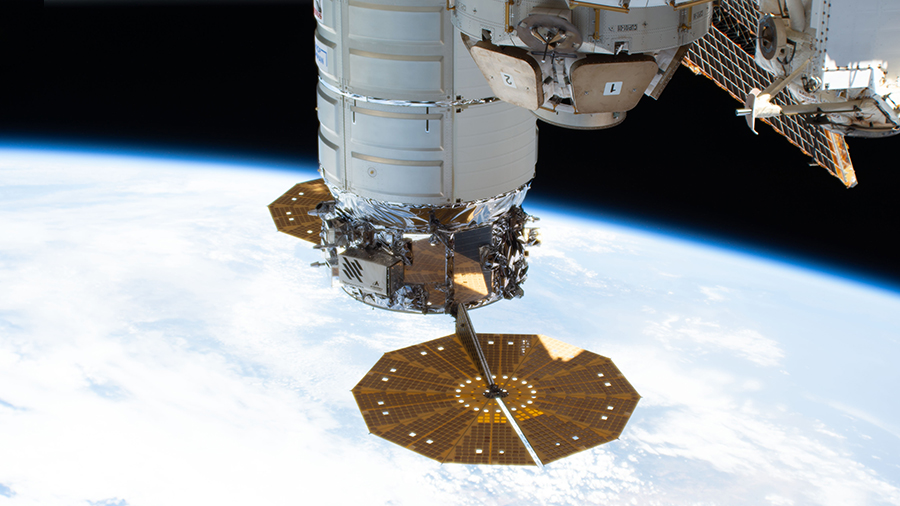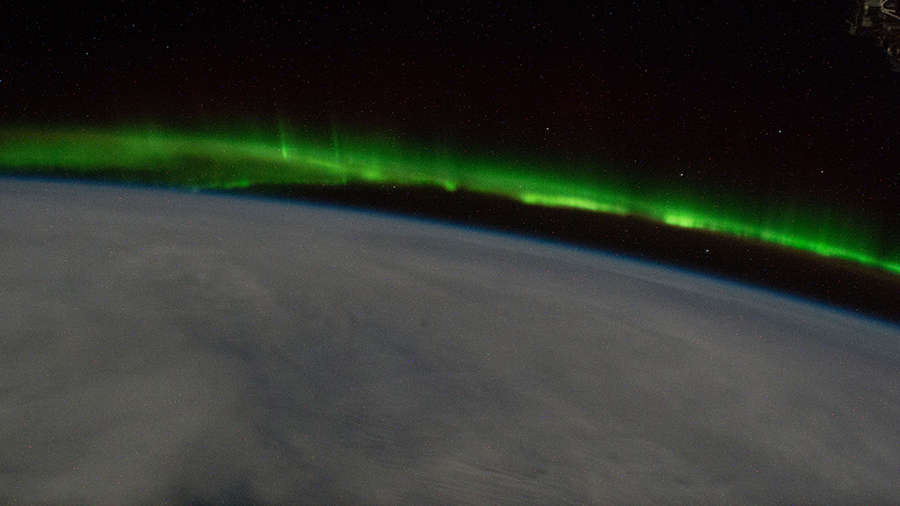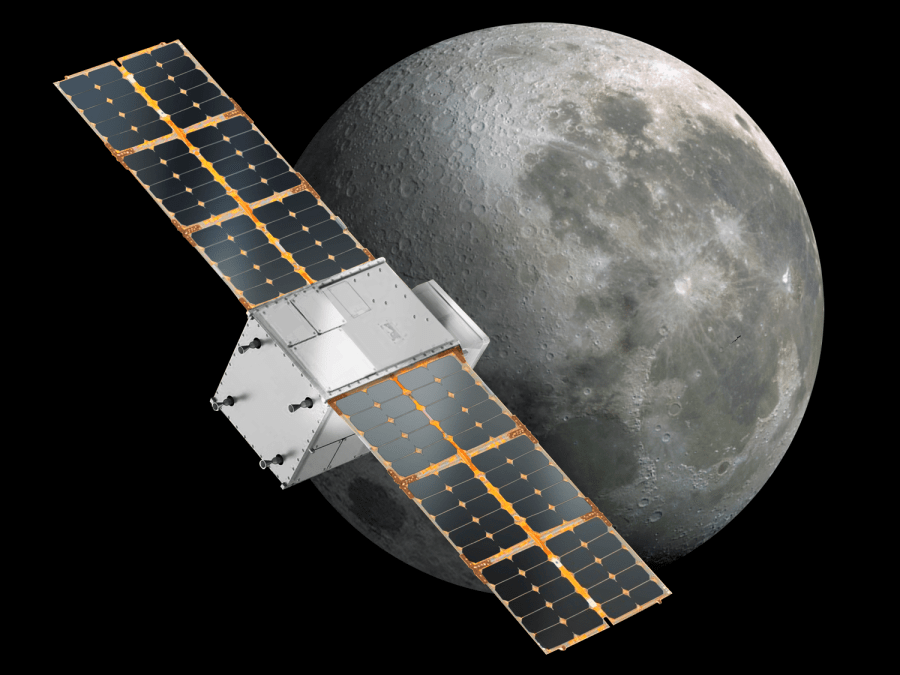Northrop Grumman’s uncrewed Cygnus spacecraft now is scheduled to depart the International Space Station at 7:05 a.m. Tuesday, June 28, more than four months after delivering 8,300 pounds of supplies, scientific investigations, commercial products, hardware, and other cargo to the orbiting laboratory for NASA. The release of Cygnus is being delayed one hour to better …
Cygnus Station Departure Delayed One Hour






























